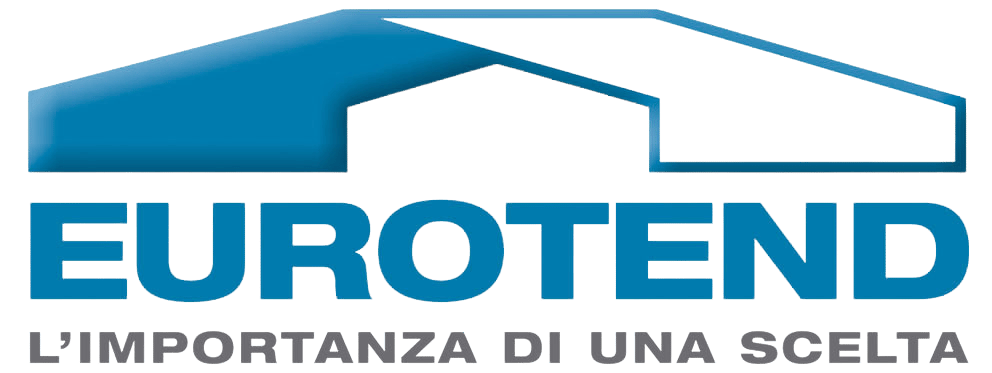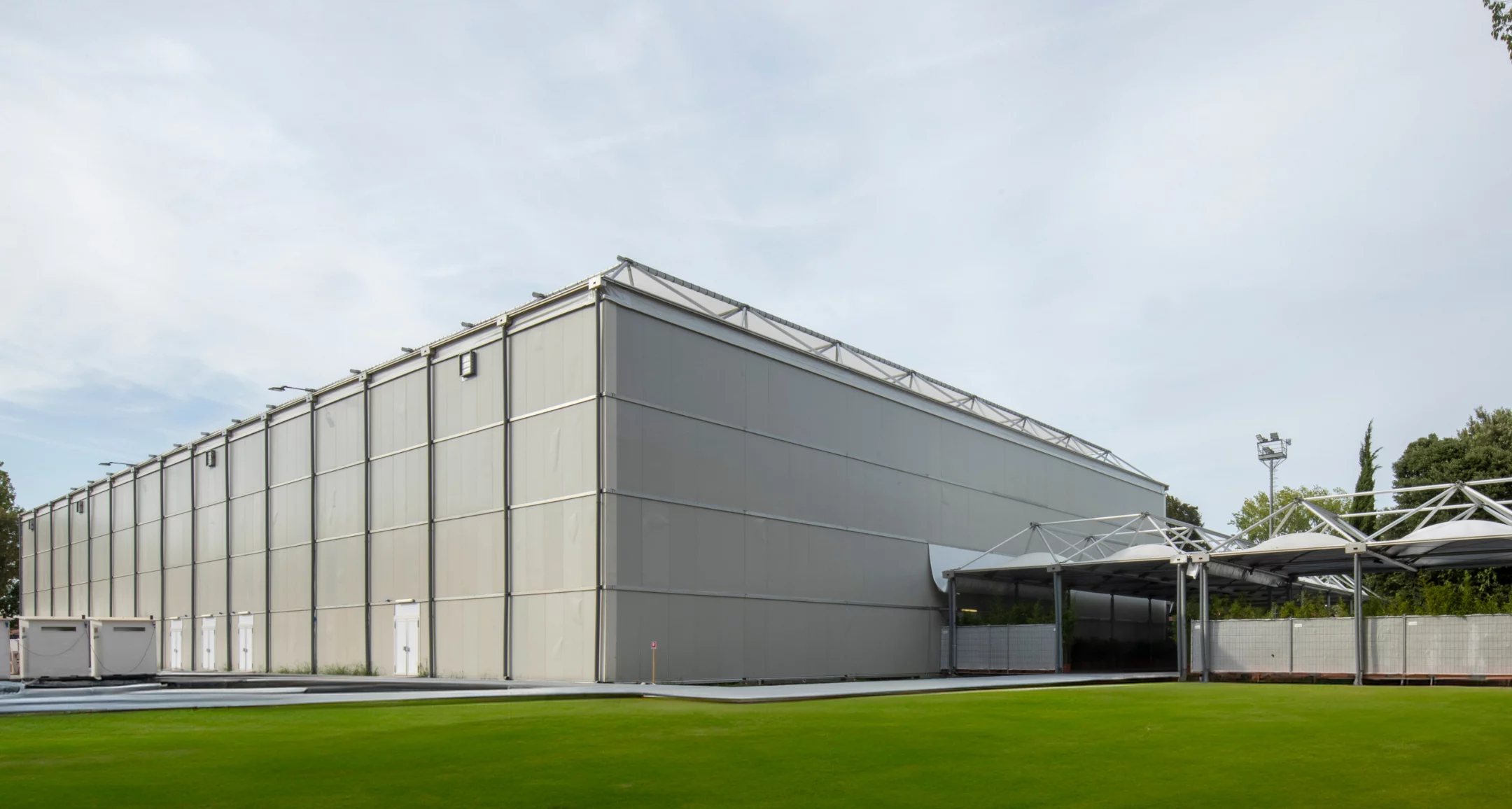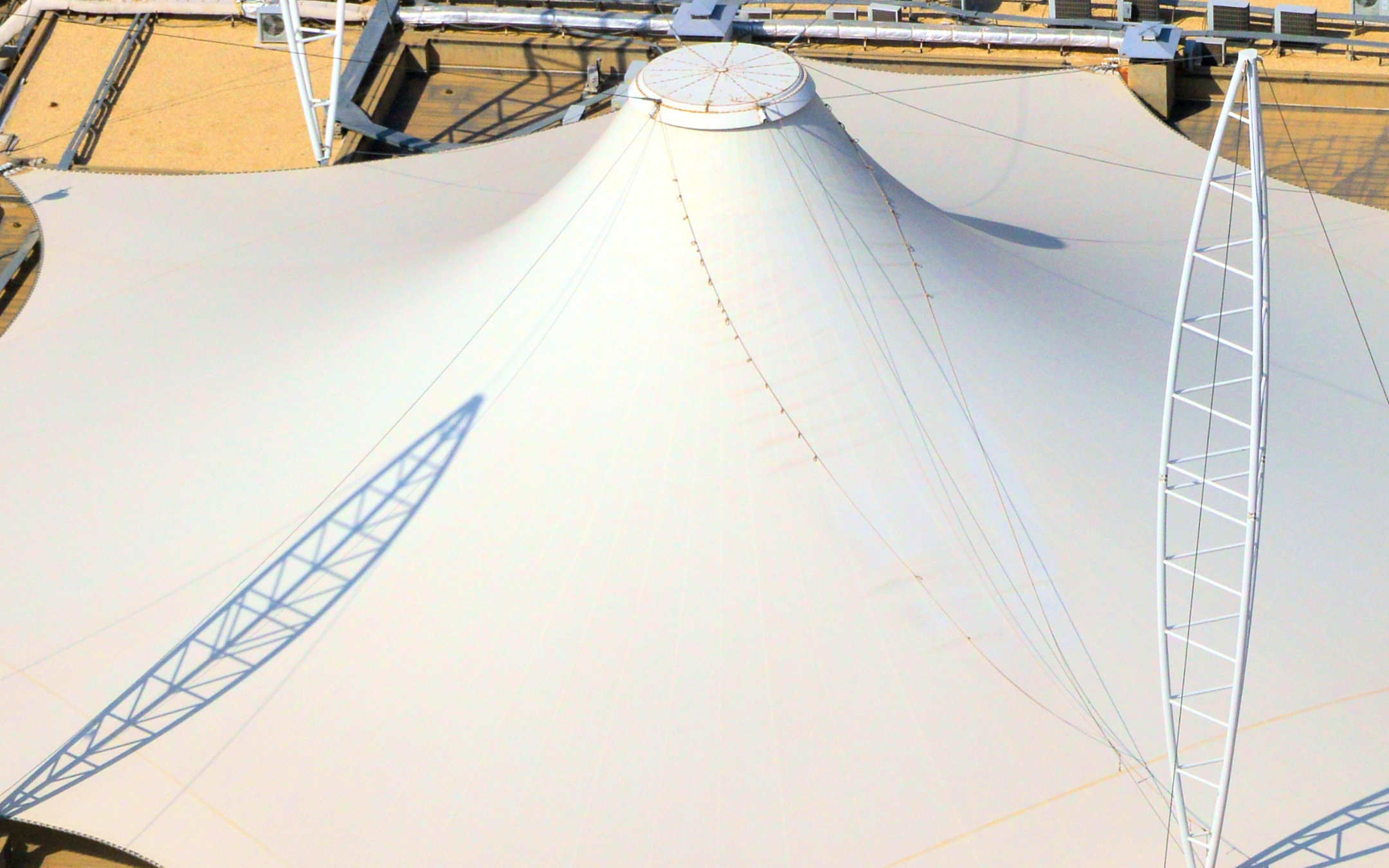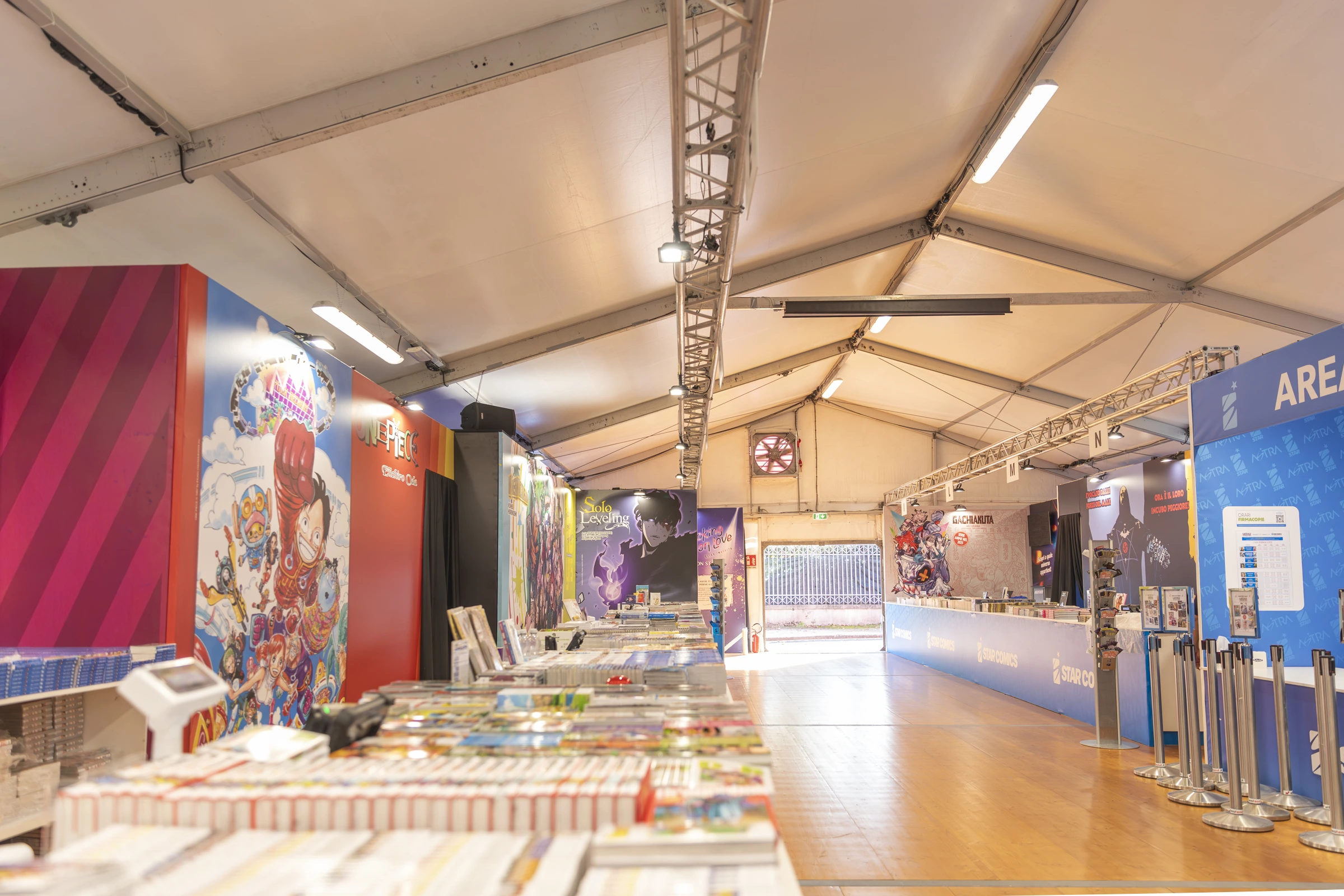

Structure and Functioning
Tensile structures are architectural systems that rely on the tension of textile or membrane materials, such as PVC or polyester, supported by cables and pillars.
This tension provides stability to the structure, reducing the need for compressive elements and leveraging the strength of steel.
The design of tensile structures is a highly specialized engineering process that considers force distribution, membrane tension, and necessary foundations to transfer loads to the ground.
Tensile structures can be either temporary or permanent, depending on specific needs.
Their stability is ensured by their geometric form, which allows them to withstand stress without compromising safety.

Types of Tensile Structures
Tensile structures come in different configurations, each with specific advantages:
Structure and Features
Marquees, also known as large tents, are structures where the textile material serves as a covering but does not contribute to the structure's stability.
The fabric is placed over a framework of cables, pillars, and beams, which supports the covering without relying on the membrane for structural integrity.
Unlike tensile structures, marquees are hypostatic, meaning their stability depends on the balance between the supporting framework and vertical loads.
Marquees are widely used for temporary shelters or events, where easy assembly and disassembly are crucial. They are also more flexible and customizable, allowing for partial replacements in case of damage or to adapt the marquee to specific needs.
While marquees can withstand weather conditions, they are more flexible in use and typically have lower durability than permanent tensile structures.

Advantages of Marquees
Marquees offer several advantages:
Structural Role of Fabric
The major difference between a tensile structure and a marquee lies in the role of the fabric in structural stability.
In tensile structures, the membrane is tensioned and plays a crucial role in resistance, working under tension to ensure stability.
In marquees, the fabric only serves as a covering and does not contribute to the structure’s stability, which depends entirely on the supporting framework.
Durability and Applications
Tensile structures are more durable and designed to withstand long-term use, even in harsh environmental conditions. This makes them ideal for permanent applications, such as stadiums, exhibition centers, or industrial facilities.
Marquees, on the other hand, are generally lighter and more cost-effective, making them perfect for temporary or seasonal solutions. While they can be robust, their lifespan is shorter than that of tensile structures.
Foundations and Installation
Tensile structures require a more complex engineering design, with solid foundations to resist tension forces and ensure long-term safety.
Marquees, however, do not require such strong foundations, making installation faster and more economical.
Eurotend offers custom solutions to meet diverse needs, from industrial and event applications to agriculture and sports facility construction.
With a wide catalog of options, Eurotend guarantees not only high-quality and safe structures but also a comprehensive service including design, installation, and maintenance.
Via Piubega, 29 – 46040 Ceresara (Mantova)